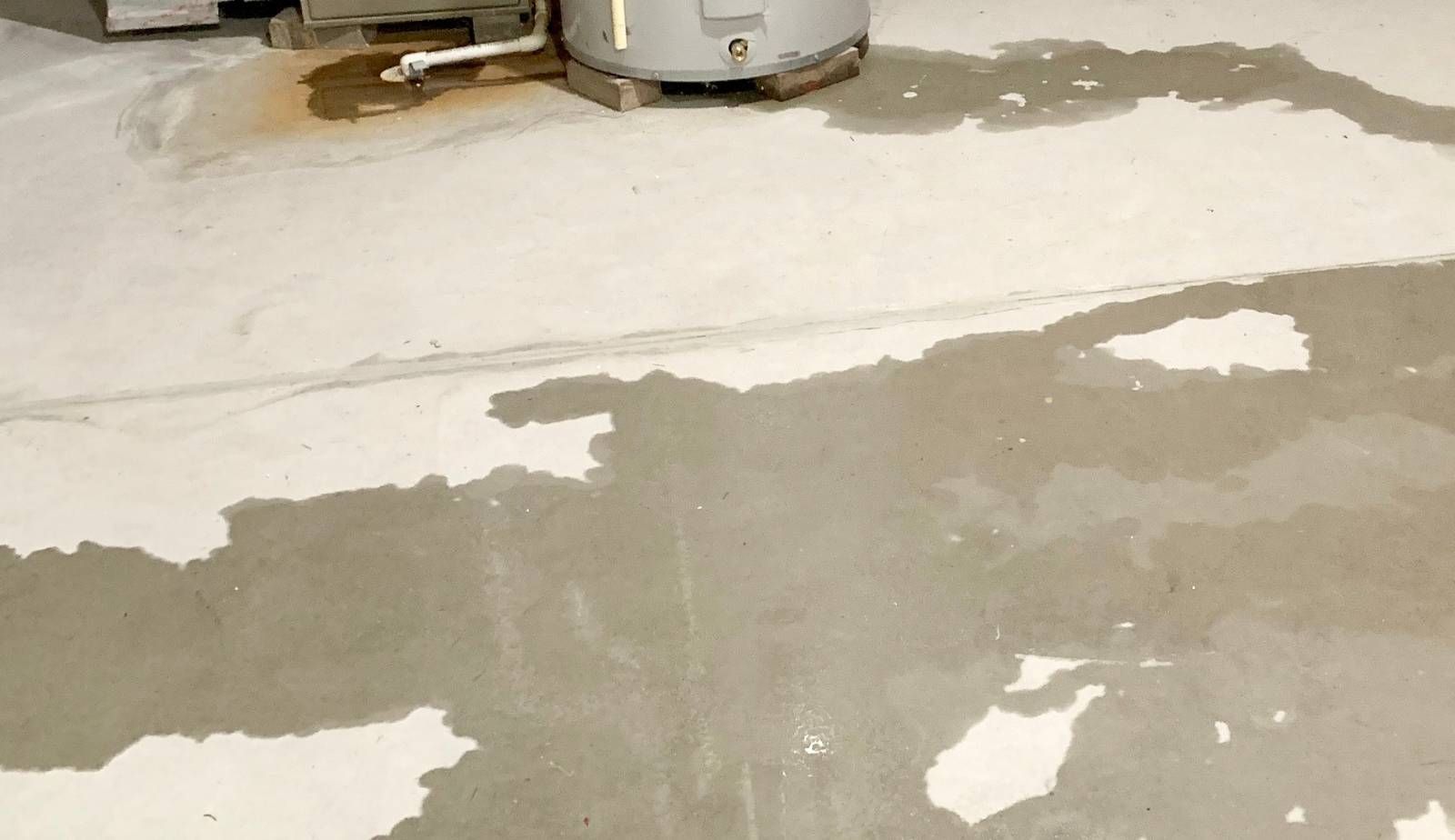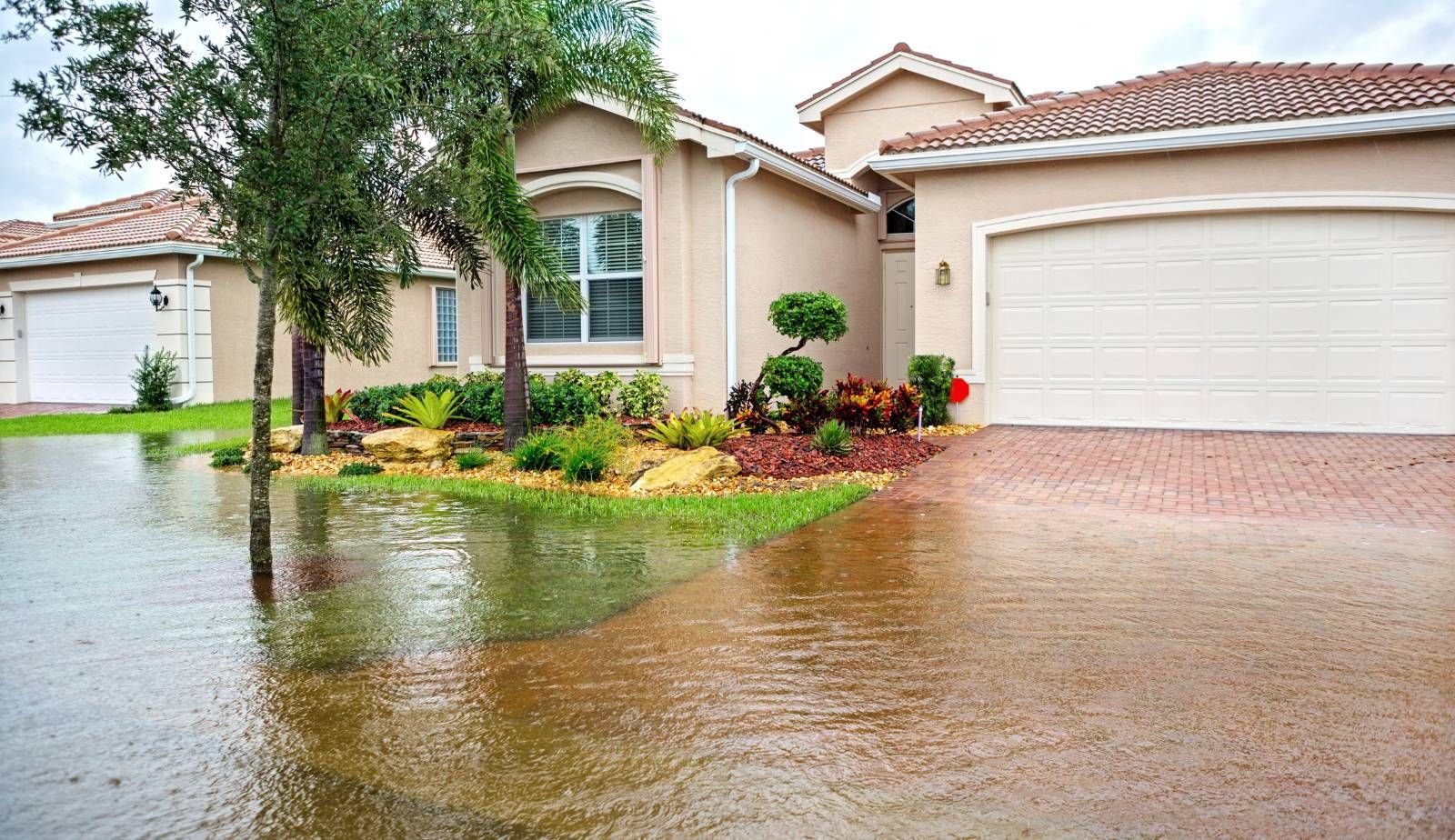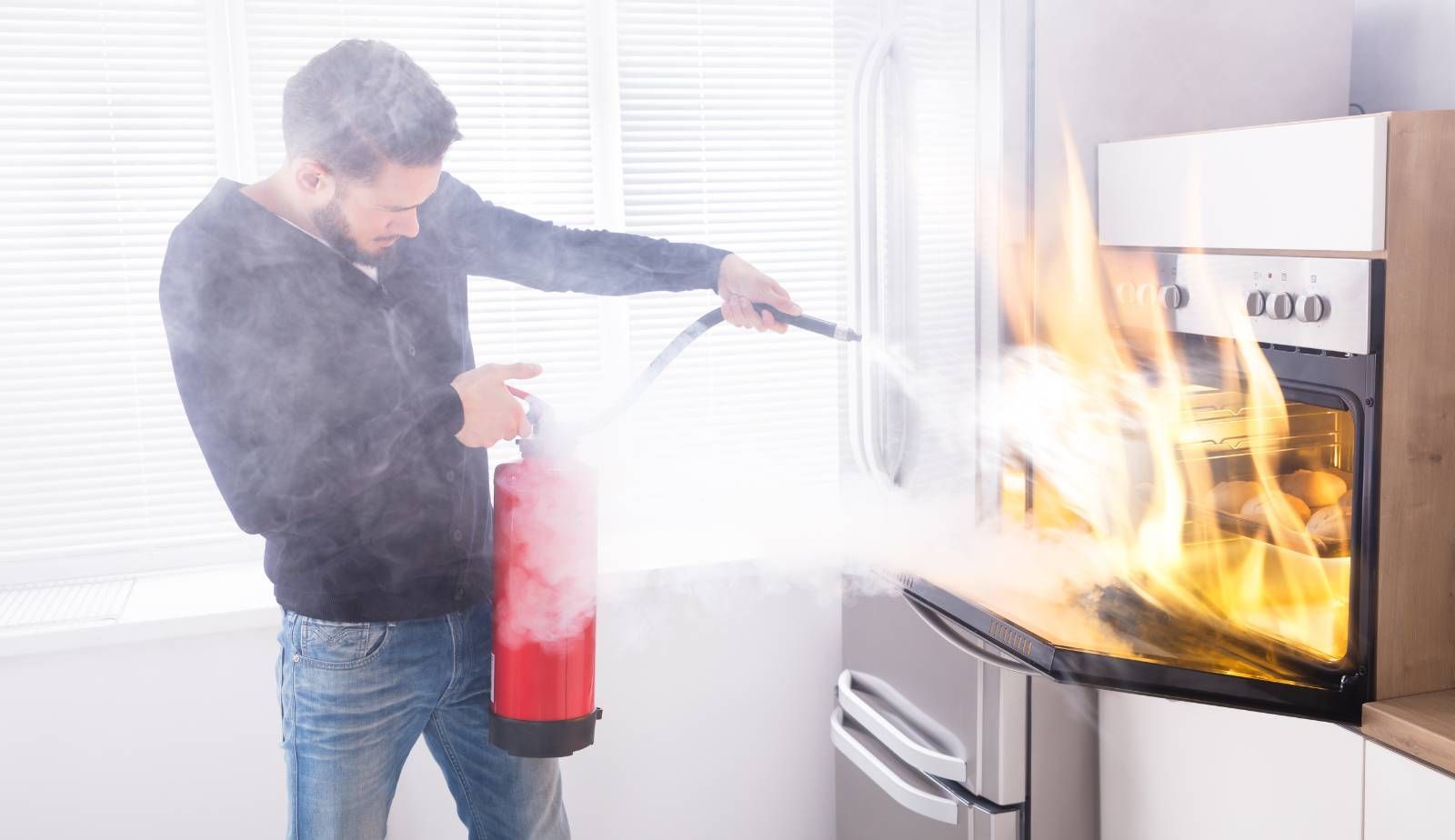Essential Home Maintenance Tips to Avoid Costly Restorations: Regular Tasks for Long-Term Savings with Insights from Drymax
Homeownership comes with responsibilities, and regular maintenance is essential to protect that investment. Proactive maintenance tasks can significantly reduce the likelihood of costly restorations. By keeping up with routine checks, homeowners can identify and address issues before they escalate into emergencies, ensuring a comfortable living environment and preserving resale value.
Seasonal maintenance tasks, such as gutter cleaning and plumbing inspections, play a crucial role in safeguarding the home. Properly maintained gutters prevent water damage, while periodic checks of plumbing fixtures help catch leaks early. These actions not only avert expensive repairs but also contribute positively to the longevity and aesthetic appeal of the property.
Incorporating these essential home maintenance tips into a regular schedule can ultimately save homeowners both time and money. Knowledge about home upkeep fosters confidence, enabling homeowners to make informed decisions that enhance their property's value and avoid the stress of major renovations.
Developing a Maintenance Schedule
Creating a structured maintenance schedule ensures that essential tasks are completed on time, reducing the risk of costly repairs. Consistent upkeep is vital for the longevity of the home and its systems.
Crafting a Home Maintenance Calendar
A home maintenance calendar is an effective tool for organizing routine tasks throughout the year. Homeowners can create a monthly checklist that outlines what needs to be done. This can include checking smoke alarms, changing air filters, and inspecting plumbing for leaks.
To develop this calendar, homeowners should:
- Identify key tasks: Focus on both seasonal and monthly responsibilities.
- Set reminders: Use digital tools or physical planners to keep track of deadlines.
- Prioritize tasks: Address high-impact items like roof inspections or gutter cleaning to prevent larger issues.
A well-organized calendar can lead to the systematic maintenance of a home, enhancing its value and safety.
Seasonal Maintenance Tasks
Seasonal maintenance tasks play a critical role in preserving home integrity. Each season presents specific challenges that require attention to avoid future problems.
Spring: Homeowners should focus on gutter cleaning and HVAC maintenance. Removing leaves and debris prevents blockages that cause water overflow or roof damage.
Summer: It's wise to check exterior paint for peeling and test outdoor equipment like grills. Regular pressure washing can mitigate mold growth.
Fall: Preparing the home for winter is crucial. Raking leaves, inspecting the roof for damage, and winterizing pipes can avert significant issues.
Winter: Homeowners should monitor for ice dam formation and ensure heating systems are functioning efficiently.
By adhering to these seasonal maintenance tasks, homeowners can significantly reduce the likelihood of emergency restorations.
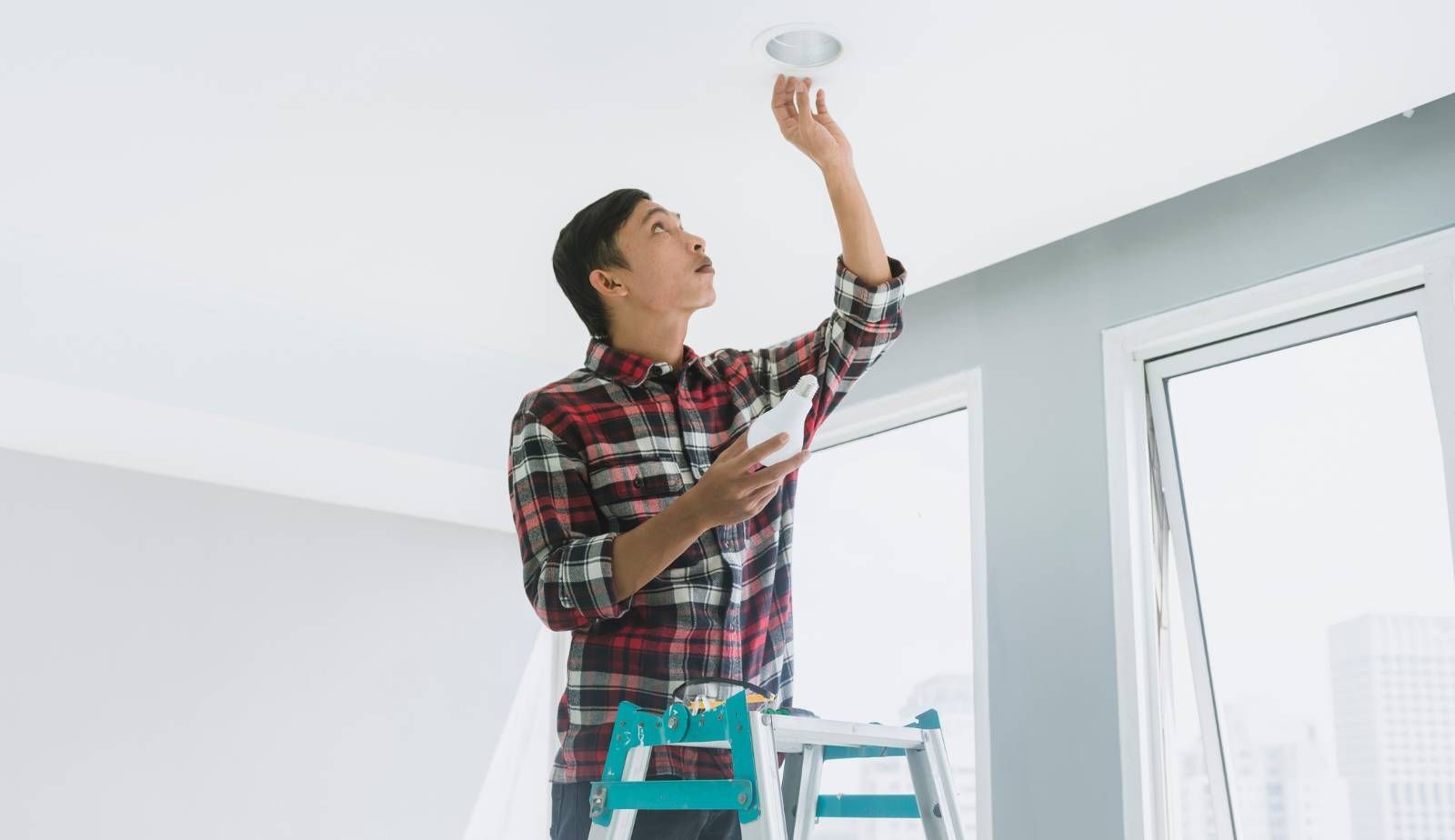
Indoor Maintenance Priorities
Regular indoor maintenance is crucial for ensuring a safe and efficient living environment. Specific tasks can significantly reduce the risk of emergency restorations and enhance overall home comfort. Prioritizing these activities leads to improved energy efficiency and increased safety.
Replacing HVAC Filters
Changing HVAC filters is an essential maintenance task that impacts both air quality and energy efficiency. Filters should be replaced every one to three months, depending on usage and the presence of pets or allergies. Dirty filters restrict airflow, causing the system to work harder and leading to higher energy bills.
Homeowners should choose the right filter rating, such as MERV (Minimum Efficiency Reporting Value) ratings, to optimize performance. Regular replacement not only enhances system efficiency but also prolongs the life of the HVAC unit.
Testing Smoke and Carbon Monoxide Detectors
Testing smoke and carbon monoxide detectors is vital for maintaining home safety. These devices should be tested monthly to ensure they function properly. Homeowners can press the test button to check alarms; if they fail to sound, it's time to replace the batteries or, in some cases, the entire unit.
Smoke detectors should be replaced every 10 years, while carbon monoxide detectors have a shorter lifespan. Keeping these devices in good working condition can prevent potential disasters and provide peace of mind for residents.
Inspecting and Cleaning Heating System
Inspecting and cleaning heating systems is crucial for efficient operation. Homeowners should schedule professional maintenance annually, ideally before the winter months. This check-up includes cleaning components and checking for wear or needed repairs.
Proper maintenance helps prevent costly breakdowns and ensures the system runs efficiently. It can also improve indoor air quality by reducing dust and allergens circulating within the home. Regular inspections can catch issues early, saving money on potential emergency repairs.
Checking Insulation Integrity
Insulation integrity plays a significant role in energy efficiency and comfort. Homeowners should regularly inspect insulation in attics, basements, and walls for any signs of wear or gaps. Proper insulation keeps homes warm in winter and cool in summer, reducing energy costs.
If insulation is damaged or insufficient, replacing or upgrading it can lead to substantial savings on energy bills. Attention should be given to areas where drafts may occur, ensuring that all gaps are filled to maintain consistent indoor temperatures.
Water Damage Prevention
Preventing water damage requires attention to critical areas of the home. Regular maintenance tasks, such as roof inspections and landscaping adjustments, play a vital role in minimizing the risk of water intrusion. Additionally, ensuring seals around windows are tight can protect against leaks and moisture buildup.
Regular Roof Inspections
Scheduling regular roof inspections is essential for identifying potential issues early. A professional should check for missing shingles, cracks, or signs of deterioration, which can lead to leaks and water damage.
Homeowners can also inspect the roof themselves by looking for debris accumulation and checking the flashing around chimneys and vents. Keeping gutters clean and free of blockages ensures proper drainage, further protecting the interior spaces from water intrusion. Addressing these concerns promptly can save significant repair costs.
Proper Landscaping for Drainage
Landscaping can significantly impact how water flows around a home. Ensuring the ground slopes away from the foundation helps direct rainwater and runoff, reducing the risk of pooling near the base.
Using drainage systems, such as French drains or swales, can manage excess water during rainfalls. It is also advisable to keep gutters and downspouts in working order, directing water at least six feet away from the foundation. These practices help to maintain dry conditions in and around the home, preventing water damage.
Recaulking Windows and Sealants
Over time, the caulking around windows can degrade, allowing moisture to seep in. Regularly inspecting and recaulking windows is vital for maintaining a tight seal that prevents water damage.
Homeowners should check for gaps or cracks and replace old caulk with a high-quality sealant. This simple task can significantly reduce the chances of water intrusion during storms. Additionally, sealing other areas, such as doorframes and other entry points, further protects against moisture, maximizing the home's defense against water-related issues.

Gutter Maintenance
Regular gutter maintenance is essential for preventing costly repairs to a home. Effective cleaning and care of gutters can safeguard against water damage and other related issues.
Importance of Cleaning Gutters
Cleaning gutters is vital for maintaining a home's structural integrity. When gutters become clogged, they cannot effectively redirect rainwater. This can lead to overflow, allowing water to seep into the roof, walls, and foundation.
Consequences of Neglected Gutters:
- Water damage to roofing materials
- Foundation cracking due to improper drainage
- Mold growth from excess moisture
Routine cleaning helps avoid these issues. It is recommended to check gutters at least twice a year, ensuring proper flow and preventing deterioration of materials. Regular inspections can identify potential problems early, further minimizing restoration costs.
Avoiding Clogged Gutters
Preventing clogs is crucial for effective gutter maintenance. Leaves, twigs, and debris can accumulate, causing blockages. A few strategies can mitigate this risk:
- Install Gutter Guards: These can keep larger debris out while allowing water to flow through.
- Schedule Regular Cleanings: Plan cleanings in the spring and fall to clear accumulated debris.
- Trim Overhanging Branches: Reducing foliage above gutters minimizes debris fall.
By implementing these strategies, homeowners can significantly reduce the likelihood of clogs. This proactive maintenance approach leads to longer-lasting gutters and fewer emergency repairs. Regular upkeep ensures the gutter system functions effectively, protecting the property.
Exterior Home Care
Proper exterior home care involves proactive steps to maintain the surroundings of a residence, focusing on tree management and landscaping. Attention to these areas can significantly reduce risks such as foundation problems and costly restorations.
Tree Trimming for Safety
Regular tree trimming is essential for maintaining the health of trees and ensuring safety around the home. Overgrown branches can pose hazards, especially during storms or high winds, as they may fall and damage property or injure individuals.
Trees should be inspected regularly for dead or weak branches. It's important to trim these branches back, ideally during the dormant season to reduce stress on the tree. This practice not only enhances the appearance of the yard but also allows for better sunlight penetration and airflow.
Homeowners should consider a professional service for larger trees or those close to power lines to ensure safety and proper technique. Additionally, maintaining a distance of at least 10 feet from the house is advisable to prevent branches from encroaching on the structure.
Managing Foundation Landscaping
Landscaping directly around a home can significantly impact its foundation. Proper management is crucial to avoid potential foundation problems that may arise from inadequate drainage or excessive moisture.
Topsoil should slope away from the foundation at a minimum of 6 inches over the first 10 feet. This helps ensure that rainwater flows away from the structure.
It’s also important to monitor plant placement; large shrubs and trees should be at least a few feet away from the foundation to prevent root interference and excessive moisture absorption.
Regularly checking gutters and downspouts for clogs can also support effective water management. Well-maintained landscaping can protect against erosion and maintain foundation integrity over time.
Energy Conservation Strategies
Effective energy conservation strategies can significantly reduce energy costs and improve overall efficiency in the home. Implementing these practices ensures a comfortable living environment while protecting the homeowner's investment.
Optimizing the Use of Ceiling Fans
Ceiling fans play a vital role in maintaining home comfort while promoting energy efficiency. When operating a ceiling fan, it's important to set it to rotate counterclockwise during the summer. This motion creates a wind chill effect, allowing for cooler air circulation.
In the winter months, reversing the fan's direction to clockwise pushes warm air downward, helping to maintain consistent heat in the living space. Homeowners should also ensure that blades are clean and unobstructed to maximize airflow. Regular maintenance of ceiling fans can lead to enhanced performance without incurring additional energy costs.
Reducing Energy Costs through Efficiency
Energy efficiency starts with simple changes in daily habits. Homeowners can save on energy costs by switching to LED bulbs, which use up to 80% less energy than traditional incandescent bulbs.
Additional tips include:
- Unplugging devices when not in use to prevent phantom energy loss.
- Using smart thermostats to optimize heating and cooling schedules based on occupancy.
- Sealing leaks around windows and doors to stop drafts.
These strategies not only reduce monthly energy bills but also contribute to a more sustainable living environment. By prioritizing energy-efficient practices, residents can take significant steps toward lowering their energy costs.
Regular Upkeep to Avoid Expensive Restorations
Routine maintenance is crucial for preventing unexpected and costly home repairs. Regular checks can help identify potential issues early, saving homeowners time and money in the long run. This section highlights three key areas of focus: plumbing, HVAC systems, and the importance of addressing repairs promptly.
Proactive Plumbing Maintenance
Regular plumbing maintenance can significantly reduce the risk of costly water damage. Homeowners should routinely check for visible leaks under sinks and around toilets. Tightening loose fittings can often prevent seeping water.
Additionally, it’s beneficial to inspect appliances that use water, such as dishwashers and washing machines, for any signs of wear. Cleaning out gutters and downspouts also helps prevent overflow, which can lead to foundation issues.
A scheduled inspection by a professional plumber can catch issues like corroded pipes or problems within the drainage system before they escalate into major repairs.
HVAC System Maintenance
Proper HVAC system maintenance ensures comfort and efficiency in any home. Homeowners should replace or clean air filters every few months to avoid strain on the system. A clogged filter can lead to inefficient airflow and increased energy costs.
Seasonal inspections are vital; a technician should check for refrigerant levels, clean coils, and ensure the thermostat is functioning accurately. These proactive measures can prevent breakdowns on hot summer days or cold winter nights.
Investing in a service agreement for regular tune-ups can prolong the life of the system and reduce the likelihood of emergency repairs.
Prioritizing Immediate Repairs
Timely attention to minor repairs can prevent them from becoming major issues. Homeowners should make it a habit to regularly inspect their property. Paying attention to small cracks in walls, peeling paint, or worn-out roof shingles can lead to larger concerns.
It’s equally important to address plumbing or HVAC problems as they arise. Ignoring a dripping faucet may lead to water damage, while a malfunctioning heater can escalate to costly replacements.
Creating a checklist for regular home inspections can aid in maintaining the property’s condition and minimizing long-term repair costs.
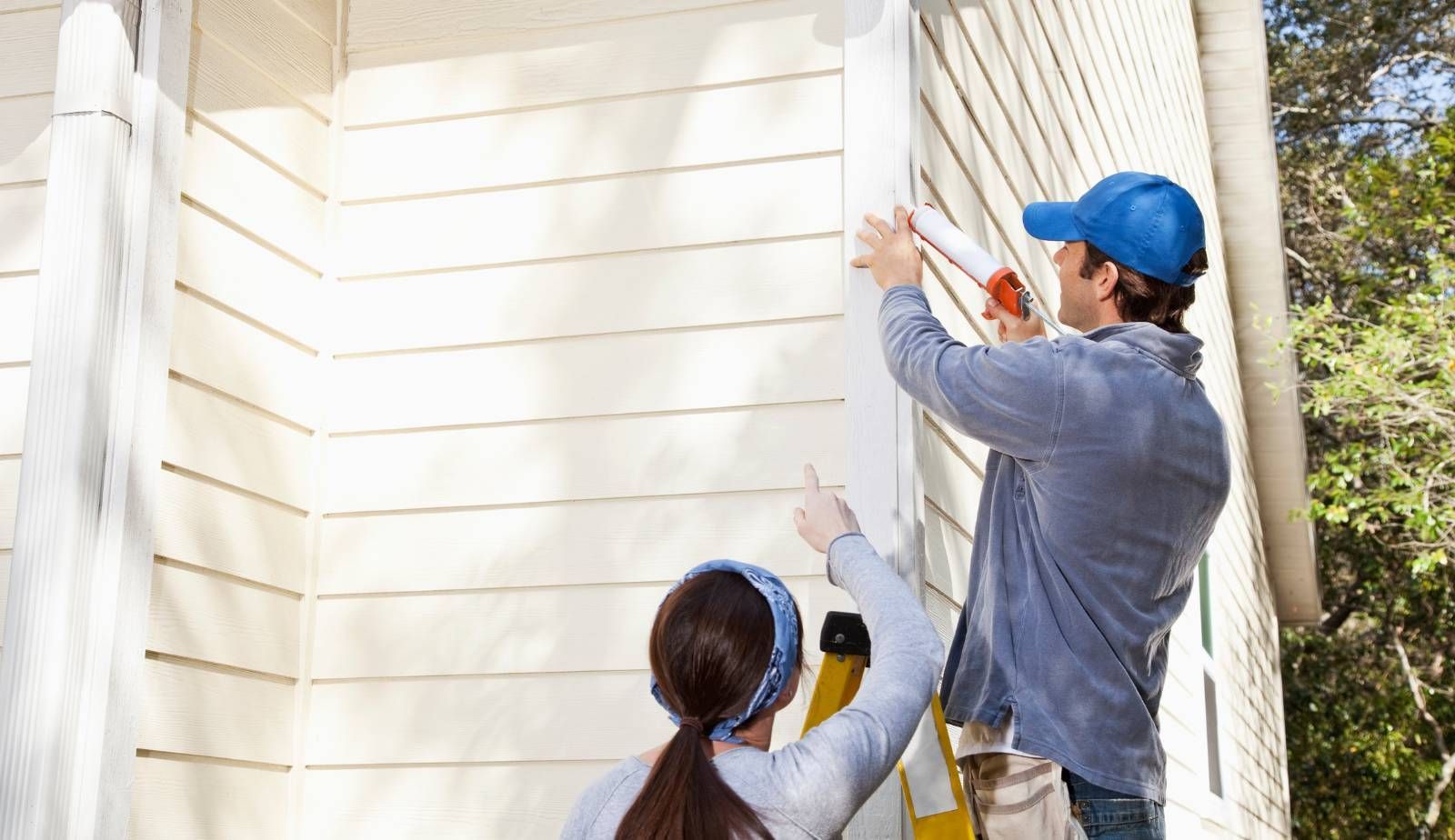
Frequently Asked Questions
Regular home maintenance is essential for preserving the integrity of a home. Understanding key tasks, safety precautions, monthly activities, and necessary services can help homeowners avoid costly repairs.
What are the top five tasks to prioritize in regular home maintenance?
Homeowners should prioritize gutter cleaning, HVAC servicing, checking smoke detectors, inspecting the roof, and sealing windows and doors. These tasks help maintain energy efficiency and prevent water damage.
How can homeowners ensure safety during routine home maintenance activities?
To ensure safety, homeowners should wear appropriate personal protective equipment, use tools correctly, and avoid working on ladders or roofs without proper support. It is crucial to turn off power when working with electrical components.
What are some key monthly home maintenance activities for residential owners?
Key monthly activities include checking air filters, testing smoke detectors, inspecting plumbing for leaks, and examining the exterior for signs of wear. Regular yard maintenance also helps promote a safe and attractive environment.
Could you provide a beginner's guide to basic household maintenance tasks?
Beginners should start with simple tasks like changing air filters, unclogging drains, and checking for water leaks. Additionally, learning to recognize signs of wear can help homeowners stay proactive.
Which home maintenance services are crucial for preventing costly repairs?
Crucial services include routine HVAC maintenance, roof inspections, plumbing checks, and pest control. These services can identify potential issues before they escalate into costly repairs.
What essential steps should be taken for preventive home maintenance?
Preventive maintenance involves creating a schedule for regular inspections and repairs, addressing issues immediately, and keeping a log of maintenance activities. This proactive approach supports long-term home maintenance efforts.
You might also like
DryMax Restoration Blogs
